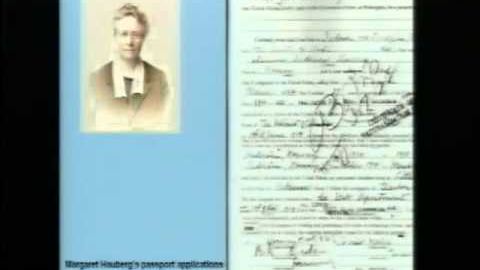護照申請,1795-1925年 (Passport Applications, 1795-1925)
 沒有此條件下的單字
沒有此條件下的單字US /ˌɪndəˈvɪdʒuəl/
・
UK /ˌɪndɪˈvɪdʒuəl/
- n. (c.)個人;單個項目;個體;個人賽
- adj.個人的;獨特的;個別的;獨特的
US /əˈpærəntlɪ/
・
UK /əˈpærəntli/
US /ˈfɪzɪkəl/
・
UK /ˈfɪzɪkl/
- n. (c.)身體檢查
- adj.身體的;肉體的;物質的;物理的
- n.體育
US /dɪˈskrɪpʃən/
・
UK /dɪˈskrɪpʃn/

